Types of Fat
Unsaturated Fat
- Lower "bad" cholesterol (LDL) and risk of heart disease and stroke
- Provide fats your body needs, such as omega-3 fatty acids
- Vegetable oils (like olive, canola, or sunflower)
- Avocado
- Peanut butter
- Fatty fish (salmon, mackerel, herring, lake trout, and sardines)
- Nuts and seeds
Saturated Fat
- Raise "bad" cholesterol (LDL) and risk of heart disease and stroke
- Animal foods (many cuts of beef, poultry with skin, lard, butter, whole fat dairy products)
- Baked goods
- Fried foods
- Some plant based oils (coconut, palm, and palm kernel oil)
Trans Fat
- Raise "bad" cholesterol (LDL) and risk of heart disease and stroke
- Lower "good" cholesterol (HDL)
- Baked goods (pastries, pie crusts, biscuits, cookies, crackers)
- Margarine and shortening
Tips to Make Healthier Fat Choices
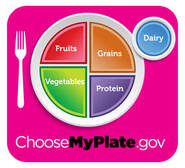
- Follow a healthy eating plan, like MyPlate, that is rich in whole grains, fruits, and veggies.
- For protein, choose lean cuts of meat and poultry. Or, choose non meat proteins like fish, beans, and lentils.
- Select dairy products that are skim or low fat.
- Roast, grill, or stir fry foods. Avoid deep frying.
- Read food labels. Choose foods with less saturated fat and trans fat. Avoid foods that list "hydrogenated" or "partially hydrogenated" oils. These are other names for trans fat.
- Limit the processed foods, fried foods, sweets, and desserts you eat. Instead of eating these daily, save them for holidays and special occasions.
- Healthy fats and unhealthy fats have the same amount of calories. If you're watching your weight, you still need to pay attention to portion size!
Recipes Full of Healthy Fat
Want More Information?
- Get more info on Saturated, Unsaturated, and Trans Fats at ChooseMyPlate.gov
- Find tips to Cut Down on Saturated Fats from the Office of Disease Prevention and Health Promotion (ODPHP)
- Fish and Omega-3 Fatty Acids from the American Heart Association (AHA)
- Curious about coconut oil? Check out this Harvard Health Blog: Is there a place for coconut oil in a healthy diet?
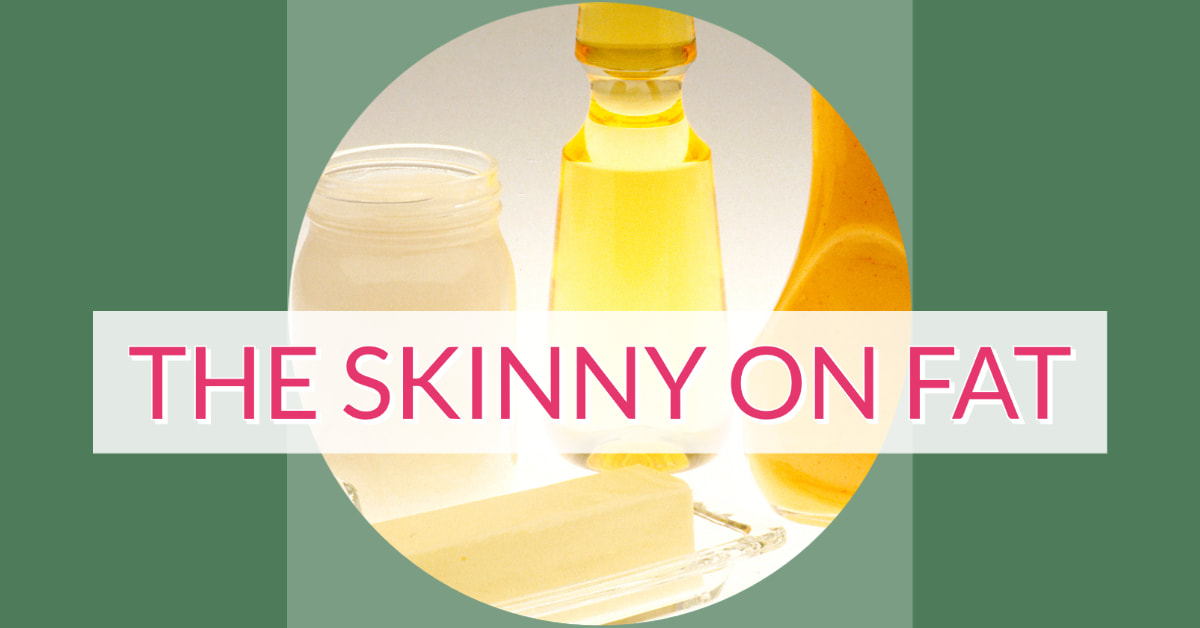




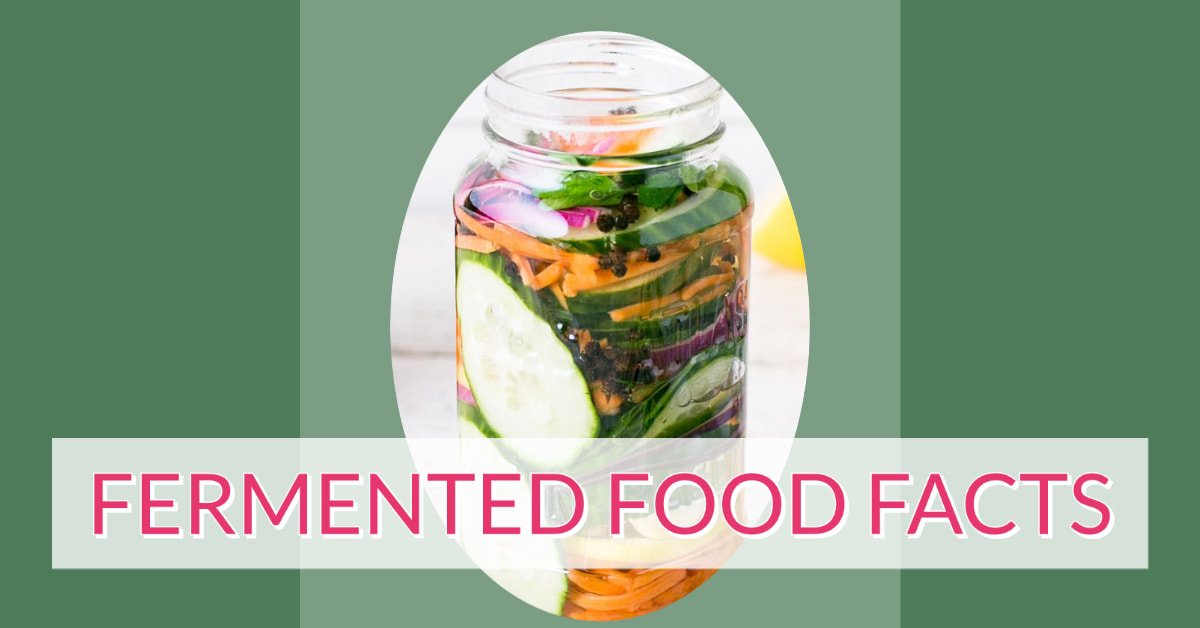
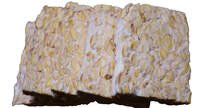

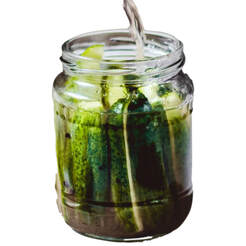
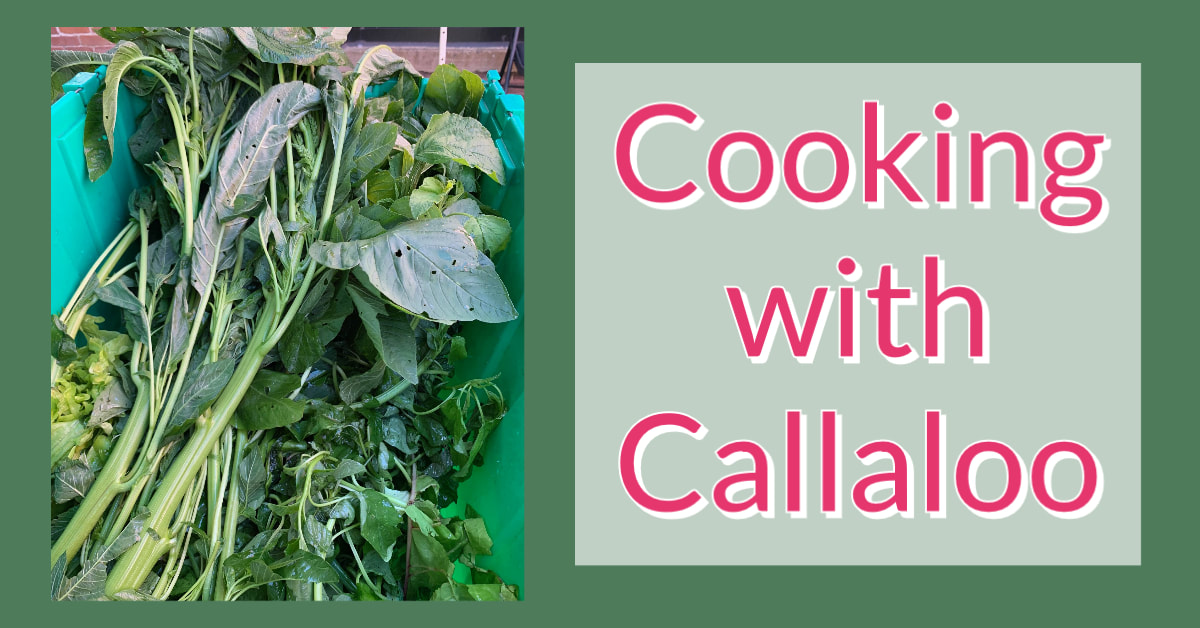
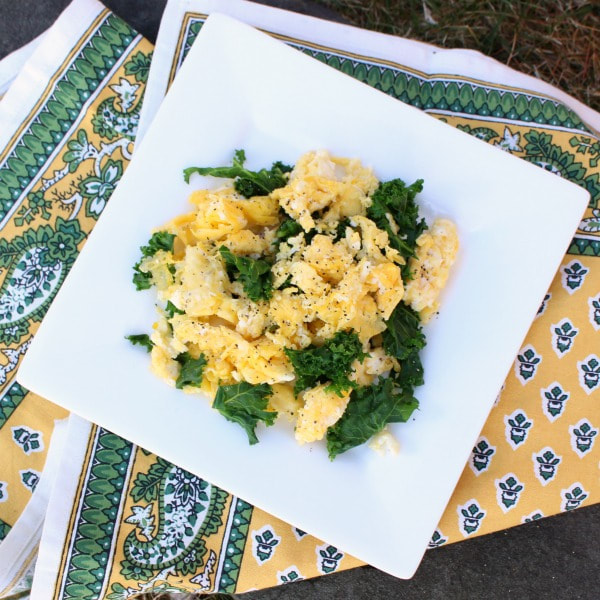
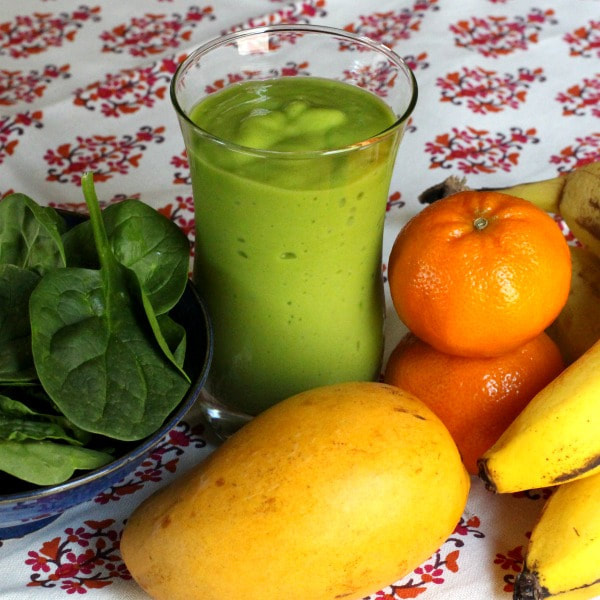
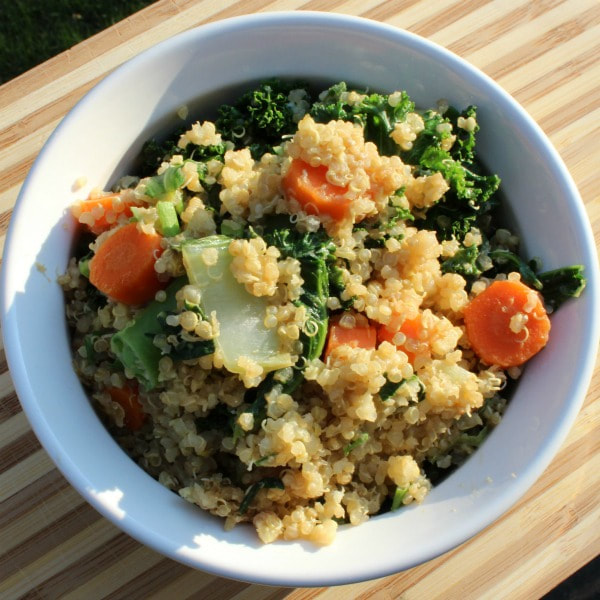
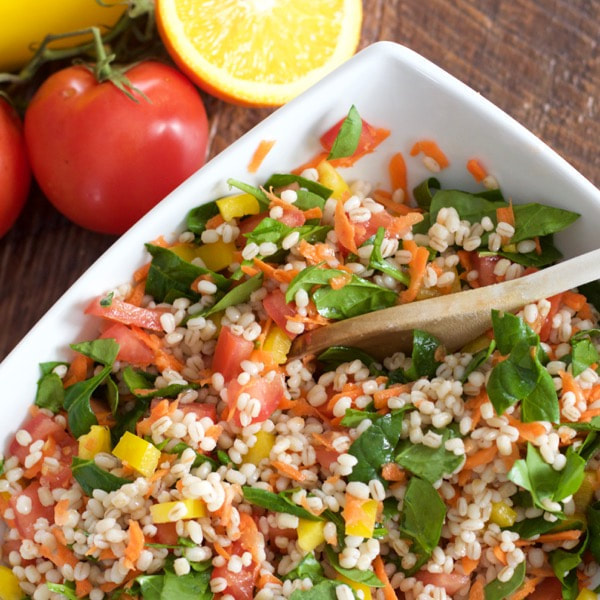
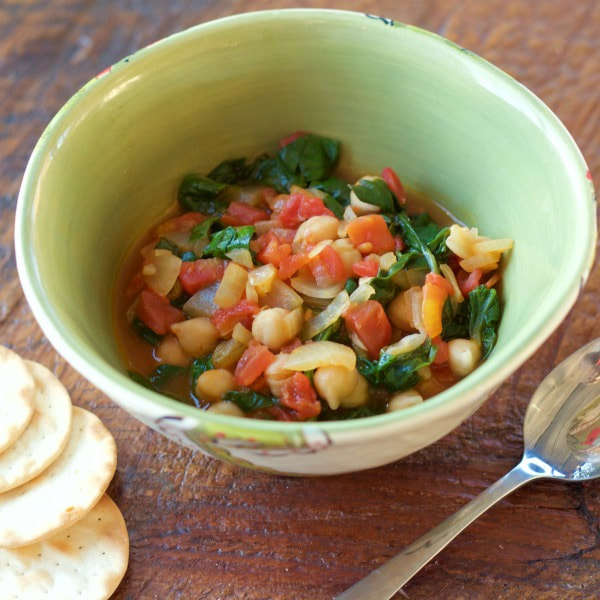
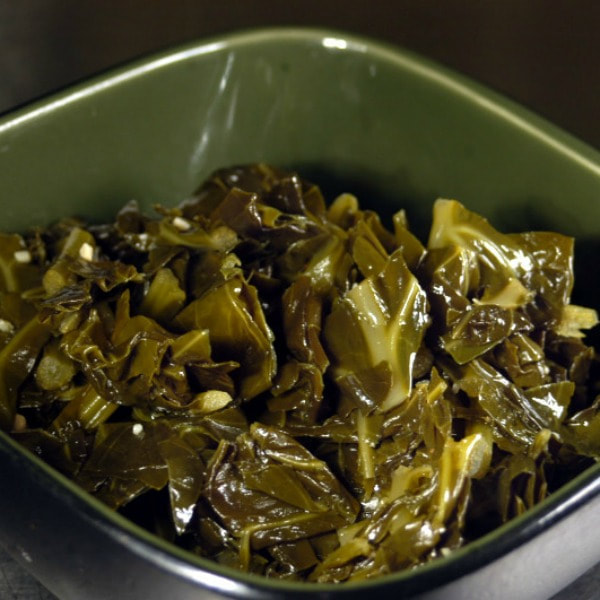
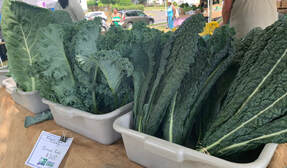


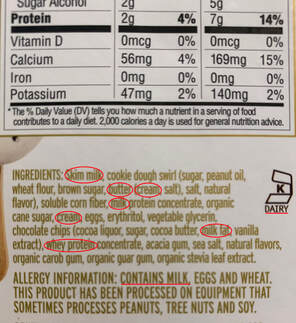


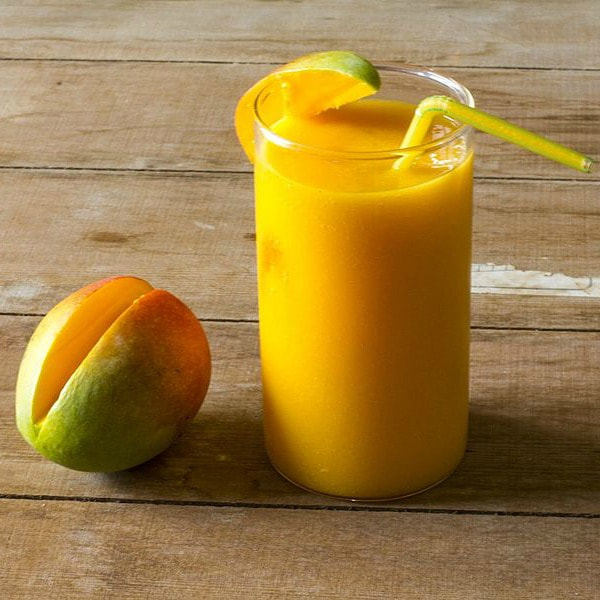
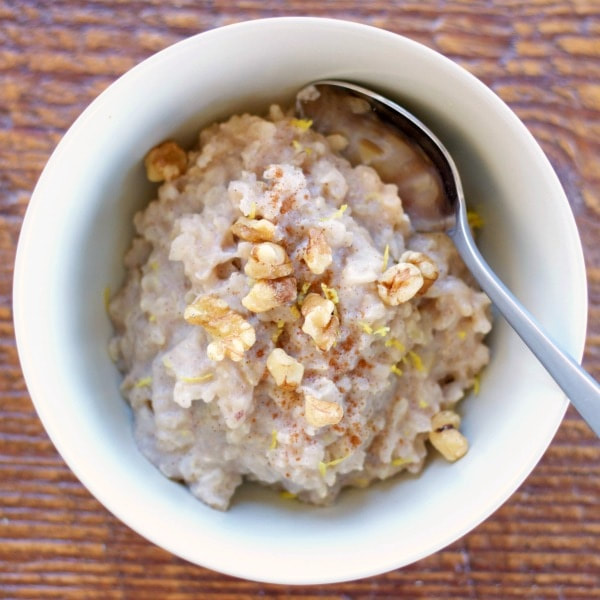

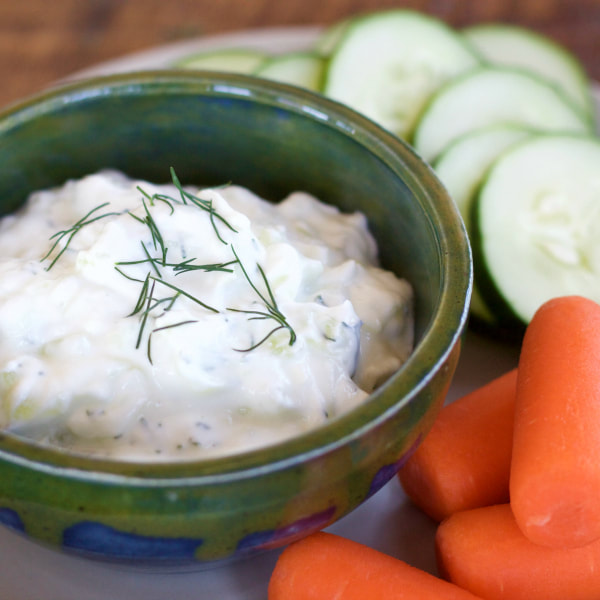


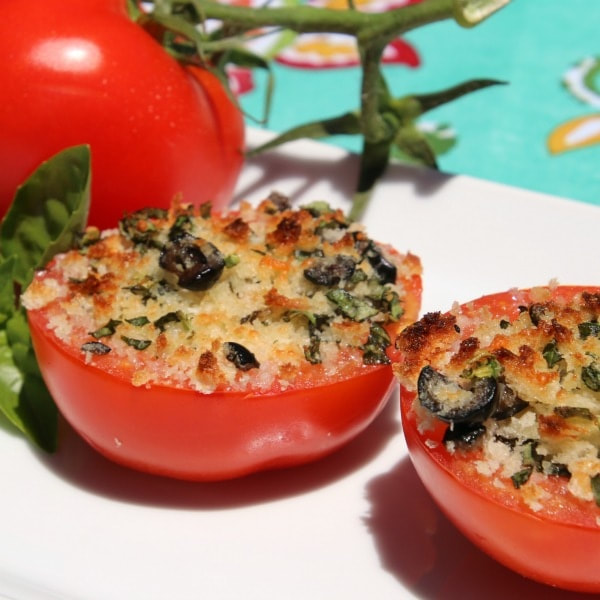
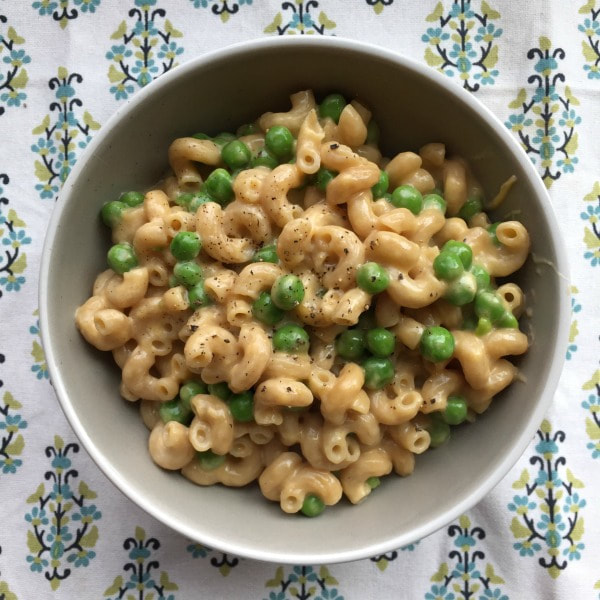
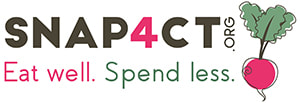
 RSS Feed
RSS Feed

